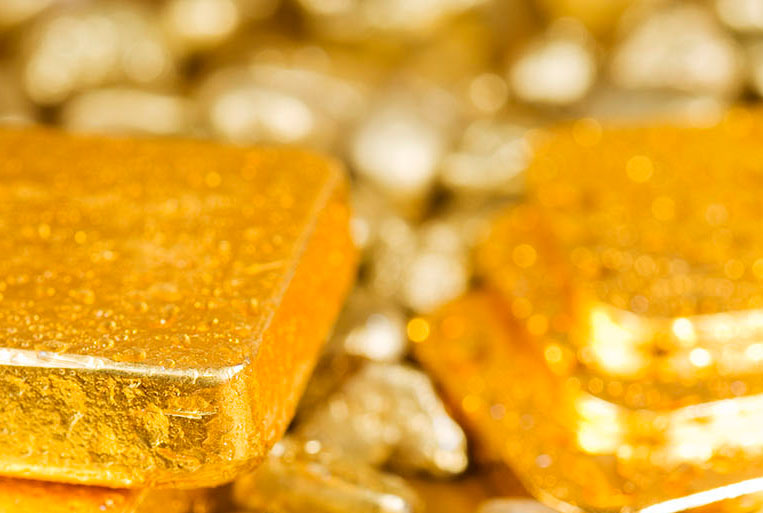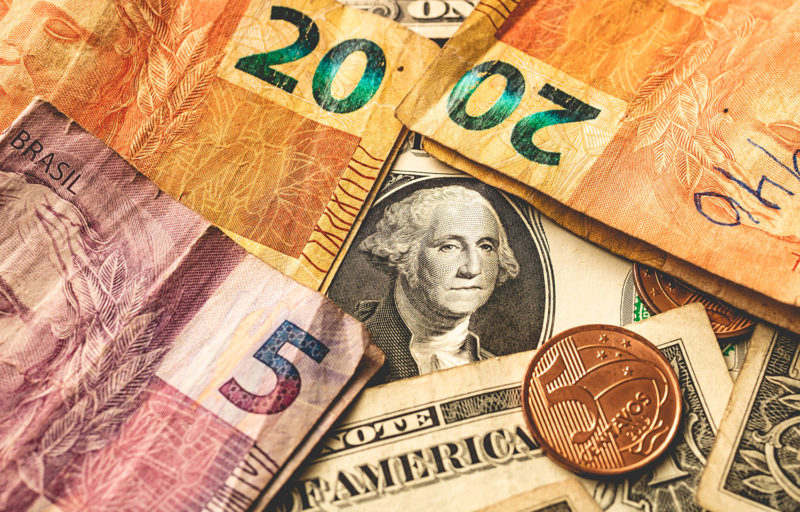

The beginning of the end of the dollar supremacy?
The new emerging powers are trying to reduce their dependence on the dollar through a process of de-dollarisation that decouples their economies from the international monetary system dominated by the United States. This is an upward trend that could dethrone the dollar as the main store of value.
De-dollarisation is a process by which a country or economy reduces its dependence on the US dollar as a reserve currency. A rising trend that has become a hot topic since the outbreak of the conflict in Ukraine. Many emerging countries are opting to diversify their reserves and consider alternatives to the dollar’s hegemony in the global monetary system to protect themselves from US economic sanctions.
Although the US currency has held a prominent position in the international monetary system for almost eight decades, accounting for more than 40 per cent of international trade and a large share of foreign reserves, the US dollar has fallen from accounting for 80% of global foreign exchange reserves held by central banks in the 1970s to 60% today.
This means that some countries are beginning to trade more or diversify their reserves into other currencies – such as the euro, the rouble or the Chinese yuan – or to increase their purchases of gold. Less risk of dependence on the dollar can help ease the pressure on their currencies, protecting their economies from dollar fluctuations, and shielding them from the bargaining, bullying and punishing power of the US administration thanks to the dollar’s dominance.
In response to the trade war and Western sanctions
An example of de-dollarisation is the case of Russia. After the unprecedented sanctions imposed by the United States and its client states in the European Union against Russia starting in 2014, and the freezing of half of its foreign exchange reserves ($300 billion), Moscow began looking for ways to reduce its dependence on the US dollar.
Russia’s central bank liquidated a large part of its US bond portfolio. Of the $176 billion in US debt it held in 2010, by the end of November 2021 it held only $2.409 billion worth of bonds, mostly in short-term securities. At the same time that it was replacing dollar reserves with renminbi, it was buying huge amounts of gold to the point of exceeding, for the first time in the entire historical series, the proportion of dollars in the international reserves of the Russian central bank. A gold rush that spread beyond Russia.
The exclusion of some of its banks from the SWIFT system followed the same trend of recent years and only consolidated the efforts of China and Russia to seek alternative systems that could shield their economies. In this context, in 2017, Russia launched the Financial Messaging System of the Bank of Russia (SPFS), equivalent to the American SWIFT, or the Chinese Cross-Border Interbank Payment System (CIPS).
In short, the creation of a simple communication protocol between banks is nonetheless another step towards establishing an alternative to the dollar ecosystem, which Washington’s trade war against Beijing is fuelling. China, like Russia, albeit less dramatically, is also progressively reducing its portfolio of US bonds and is buying large amounts of gold, causing demand for this precious metal to reach record highs.
BRICS want their own currency
The group of large emerging economies known as the BRICS, comprising Brazil, Russia, India, China and South Africa, is studying the creation of its own currency, a common currency as proposed by Lula da Silva, President of Brazil, which would further weaken the ability of the United States to conduct its aggressive foreign policy. A proposal that will be discussed at the BRICS summit in South Africa in August 2023.
At the same time, Brazil and Argentina are negotiating the conception of a common currency that would be called ‘sur’, which could be joined by other Latin American countries, and which, if it becomes a reality, would be the second-largest monetary bloc in the world. A currency for commercial and financial transactions that would in no way substitute the Brazilian real or the Argentine peso, but would replace the dollar.
President Lula stated that although the project is still at an embryonic stage, it is in the interest of the two main Mercosur partners to develop the idea of a shared currency in order to become less and less dependent on the dollar for international transactions.
A globalising trend
On the other hand, the United Arab Emirates and India are still in talks to use rupees for trade in non-oil commodities, replacing the dollar. The two countries signed a free trade agreement last year with the aim of increasing non-oil transactions to $100 billion by 2027.
In this context, for the first time since oil sales were tied to the dollar in the 1970s, Saudi Arabia, the world’s largest oil producer, has declared that it is open to trade in currencies other than the dollar. This is a significant development that goes hand in hand with the normalisation of diplomatic relations with Iran, one of the other countries targeted by US sanctions for decades and a spearhead of de-dollarisation in the Middle East.
Likewise, on the Asian continent, the bloc of countries that make up the Association of Southeast Asian Nations (ASEAN), an intergovernmental organisation that brings together Brunei Darussalam, Cambodia, Indonesia, Laos, Malaysia, Myanmar, the Philippines, Singapore, Thailand and Vietnam, have proposed making cross-border trade transactions in a local digital currency.
An agreement that would also give preference to the use of credit cards issued by local banks and gradually abandon foreign payment systems, such as Visa and Mastercard, “to protect transactions from possible geopolitical repercussions”, Indonesian President Joko Widodo said.
A new world, with an old pattern?
We seem to be witnessing a change of cycle in the world economy. The shift to multipolarity calls into question the hegemony of the dollar as the world’s reserve currency and prompts other currencies to try to rely on real assets, such as gold, in the face of economic volatility and the growing lack of confidence in the current monetary system.
Protecting savings with physical gold has been one of 11Onze’s main contributions to its community, and now the range of products is expanding. This is why, in the face of volatility, still high inflation and the growing crisis of confidence in the banking system, gold is once again strengthening its position as a safe-haven asset. Discover Gold Seed at Preciosos 11Onze.
If you liked this article, we recommend:
Leave a Reply
You must be logged in to post a comment.





Molt interessant.
Celebrem que t’hagi agradat, Carme!!!
Gràcies
Gràcies a tu, Joan, per ser-hi i per seguir-nos!!!
Tanto de bo sigui aviat aquest canvi de poder mundial. Els EE.UU. es creuen els amos del món.
Sí que s’ho creuen, sí… Moltes gràcies pel teu comentari, Jordi!!!
👍
Gràcies, Manel!!!